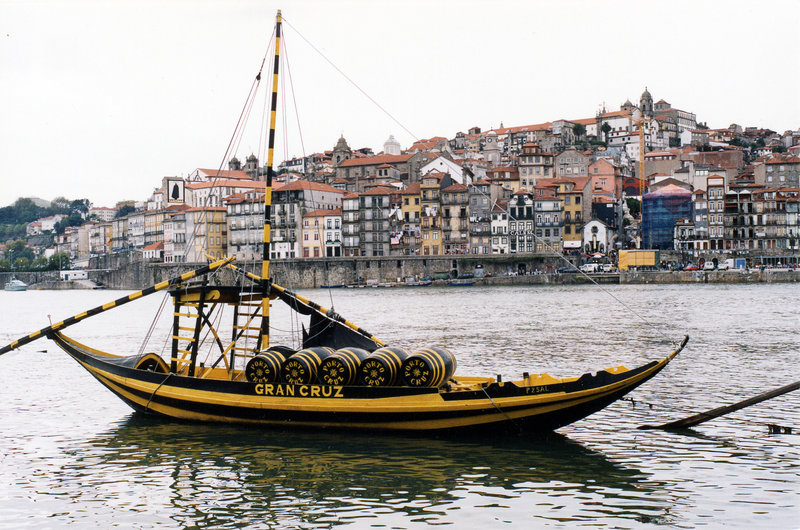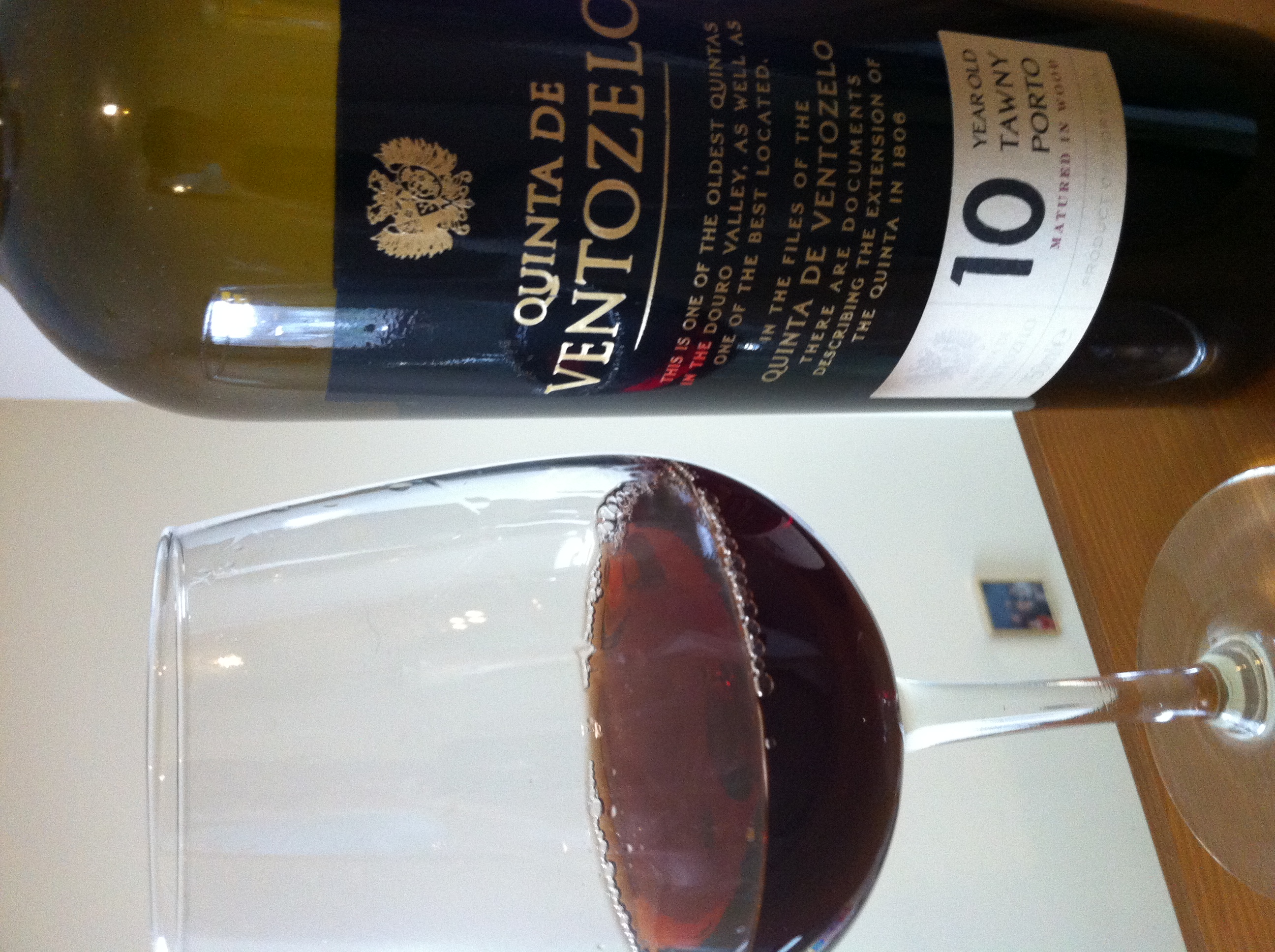|
Viosinho
Viosinho is a white Portuguese wine grape variety that is grown primarily in northern Portugal where it attains high acidity levels. It is primarily found in the Trás-os-Montes and Douro DOCs.J. Robinson ''Jancis Robinson's Guide to Wine Grapes'' pg 198 Oxford University Press 1996 It is used primarily as a blending grape where it adds structures and flavor to both still and fortified Port wines.Oz Clarke ''Encyclopedia of Grapes'' pg 284 Harcourt Books 2001 See also *List of Port wine grapes According to the Method of Punctuation of the Plots of Land of Vineyards of the Region of Douro (decree nº 413/2001), there were 30 recommended and 82 permitted grape varieties in Port wine production. The quality and characteristics of each grap ... References {{wine-grape-stub White wine grape varieties ... [...More Info...] [...Related Items...] OR: [Wikipedia] [Google] [Baidu] |
Portuguese Wine
Portuguese wine was mostly introduced by the Romans and other ancient Mediterranean peoples who traded with local coastal populations, mainly in the South. In pre-Roman Gallaecia-Lusitania times, the native peoples only drank beer and were unfamiliar with wine production. Portugal started to export its wines to Rome during the Roman Empire. Modern exports developed with trade to England after the Methuen Treaty in 1703. From this commerce a wide variety of wines started to be grown in Portugal. And, in 1758, one of the first wine-producing regions of the world, the '' Região Demarcada do Douro'' was created under the orientation of Marquis of Pombal, in the Douro Valley. Portugal has two wine-producing regions protected by UNESCO as World Heritage: the Douro Valley Wine Region (''Douro Vinhateiro'') and Pico Island Wine Region (''Ilha do Pico Vinhateira''). Portugal has a big variety of local kinds, producing a very wide variety of different wines with distinctive personality ... [...More Info...] [...Related Items...] OR: [Wikipedia] [Google] [Baidu] |
Grape Variety
This list of grape varieties includes cultivated grapes, whether used for wine, or eating as a table grape, fresh or dried (raisin, currant, sultana). For a complete list of all grape species including those unimportant to agriculture, see Vitis. The term ''grape variety'' refers to cultivars rather than actual botanical varieties according to the International Code of Nomenclature for Cultivated Plants, because they are propagated by cuttings and may have unstable reproductive properties. However, the term ''variety'' has become so entrenched in viticulture that any change to using the term ''cultivar'' instead is unlikely. Single species grapes While some of the grapes in this list are hybrids, they are hybridized within a single species. For those grapes hybridized across species, known as interspecific hybrids, see the section on multispecies hybrid grapes below. ''Vitis vinifera'' (wine) Red grapes White grapes Rose Grapes ''Vitis vinifera'' (table) ... [...More Info...] [...Related Items...] OR: [Wikipedia] [Google] [Baidu] |
Douro DOC
Douro is a Portuguese wine region centered on the Douro River in the Trás-os-Montes e Alto Douro region. It is sometimes referred to as the ''Alto Douro'' (upper Douro), as it is located some distance upstream from Porto, sheltered by mountain ranges from coastal influence. The region has Portugal's highest wine classification as a '' Denominação de Origem Controlada'' (DOC) and is registered as a Protected Designation of Origin under EU and UK law, and as a Geographical Indication in several other countries through bilateral agreements. While the region is best known for Port wine production, the Douro produces just as much table wine (non-fortified wines) as it does fortified wine. The non-fortified wines are typically referred to as "Douro wines". Alto Douro was one of the 13 regions of continental Portugal identified by geographer Amorim Girão, in a study published between 1927 and 1930. Together with Trás-os-Montes it became Trás-os-Montes e Alto Douro Province. The s ... [...More Info...] [...Related Items...] OR: [Wikipedia] [Google] [Baidu] |
Port Wines
Port wine (also known as vinho do Porto, , or simply port) is a Portuguese fortified wine produced in the Douro Valley of northern Portugal. It is typically a sweet red wine, often served with dessert, although it also comes in dry, semi-dry, and white varieties. Other port-style fortified wines are produced outside Portugalin Argentina, Australia, Canada, France, India, South Africa, Spain, and the United Statesbut under the European Union Protected Designation of Origin guidelines, only wines from Portugal are allowed to be labelled "port". Region and production Port is produced from grapes grown and processed in the demarcated Douro region.Porter, Darwin & Danforth Price (2000) ''Frommer's Portugal'' 16th ed., p. 402. IDG Books Worldwide, Inc. The wine produced is then fortified by the addition of a neutral grape spirit known as aguardente to stop the fermentation, leaving residual sugar in the wine, and to boost the alcohol content. The fortification spirit is somet ... [...More Info...] [...Related Items...] OR: [Wikipedia] [Google] [Baidu] |
List Of Port Wine Grapes
According to the Method of Punctuation of the Plots of Land of Vineyards of the Region of Douro (decree nº 413/2001), there were 30 recommended and 82 permitted grape varieties in Port wine production. The quality and characteristics of each grape varies with the classification of grape varieties making a distinction between "Very Good", "Good", "Average", "Mediocre" and "Bad" quality grapes. But this classification is actually in revaluation based on the technical and scientific data of the CEVD (Center of Wine Studies of Douro). The six most widely used grapes for red Port wine are Touriga Franca, Tinta Roriz, Tinta Barroca, Touriga Nacional, Tinta Cão and Tinta Amarela. T. Stevenson ''"The Sotheby's Wine Encyclopedia"'' pg 335 Dorling Kindersley 2005 Black grapes Recommended Grape Varieties Very good * Bastardo * Donzelinho tinto *Marufo *Tinta Francisca * Tinta Roriz * Tinta Cão *Touriga Franca * Touriga Nacional Good * Castelão *Cornifesto *Malvasia Preta *Mourisco ... [...More Info...] [...Related Items...] OR: [Wikipedia] [Google] [Baidu] |
Botella De Oporto-Mad (1929-2006), Spanish road bicycle racer
{{surname ...
Botella may refer to: *Ana Botella (born 1953), Spanish politician *Félix Mantilla Botella (born 1974), Spanish tennis player *Juan Botella (1941-1970), Mexican diver * Monic Cecconi-Botella (born 1936), French pianist, music educator and composer *Salvador Botella Salvador Botella Rodrigo (March 27, 1929 – December 18, 2006) was a Spanish road bicycle racer, who competed as a professional from 1953 to 1962. He won the ''Volta a Catalunya'' in 1953 and 1959. He participated in 19 Grand Tours, including ei ... [...More Info...] [...Related Items...] OR: [Wikipedia] [Google] [Baidu] |
Acidity Levels
The acids in wine are an important component in both winemaking and the finished product of wine. They are present in both grapes and wine, having direct influences on the color, balance and taste of the wine as well as the growth and vitality of yeast during fermentation and protecting the wine from bacteria. The measure of the amount of acidity in wine is known as the “titratable acidity” or “total acidity”, which refers to the test that yields the total of all acids present, while strength of acidity is measured according to pH, with most wines having a pH between 2.9 and 3.9. Generally, the lower the pH, the higher the acidity in the wine. There is no direct connection between total acidity and pH (it is possible to find wines with a high pH for wine and high acidity). In wine tasting, the term “acidity” refers to the fresh, tart and sour attributes of the wine which are evaluated in relation to how well the acidity balances out the sweetness and bitter component ... [...More Info...] [...Related Items...] OR: [Wikipedia] [Google] [Baidu] |
Trás-os-Montes (wine)
Trás-os-Montes () is a geographical, historical and cultural region of Portugal. Portuguese for "behind the mountains", Trás-os-Montes is located northeast of the country in an upland area, landlocked by the Douro and Tâmega rivers to south and west and by the Spanish communities of Galicia and Castile and León to the north and east. This relative isolation has led to the survival of cultural traditions that mark the Portuguese identity. On the other hand, its extreme continentality also contributed to the lack of development, which led its inhabitants to seek for better conditions on the coast or emigrate to other European countries such as France, Luxembourg and Switzerland, and to Brazil. History Geography The name of Trás-os-Montes refers to the location to the east of mountains such as Marão, Alvão and Gerês, which separate the interior from the coast, and which form a valley around the Douro River. These natural barriers have kept this region of Portugal depo ... [...More Info...] [...Related Items...] OR: [Wikipedia] [Google] [Baidu] |
Fortified (wine)
Fortified wine is a wine to which a distilled spirit, usually brandy, has been added. In the course of some centuries, winemakers have developed many different styles of fortified wine, including port, sherry, madeira, Marsala, Commandaria wine, and the aromatised wine vermouth. Production One reason for fortifying wine was to preserve it, since ethanol is also a natural antiseptic. Even though other preservation methods now exist, fortification continues to be used because the process can add distinct flavors to the finished product. Although grape brandy is most commonly added to produce fortified wines, the additional alcohol may also be neutral spirit that has been made from grapes, grain, sugar beets or sugarcane. Regional appellation laws may dictate the types of spirit that are permitted for fortification. For example, in the U.S. only spirits made from the same fruit as the wine may be added. The source of the additional alcohol and the method of its distill ... [...More Info...] [...Related Items...] OR: [Wikipedia] [Google] [Baidu] |






